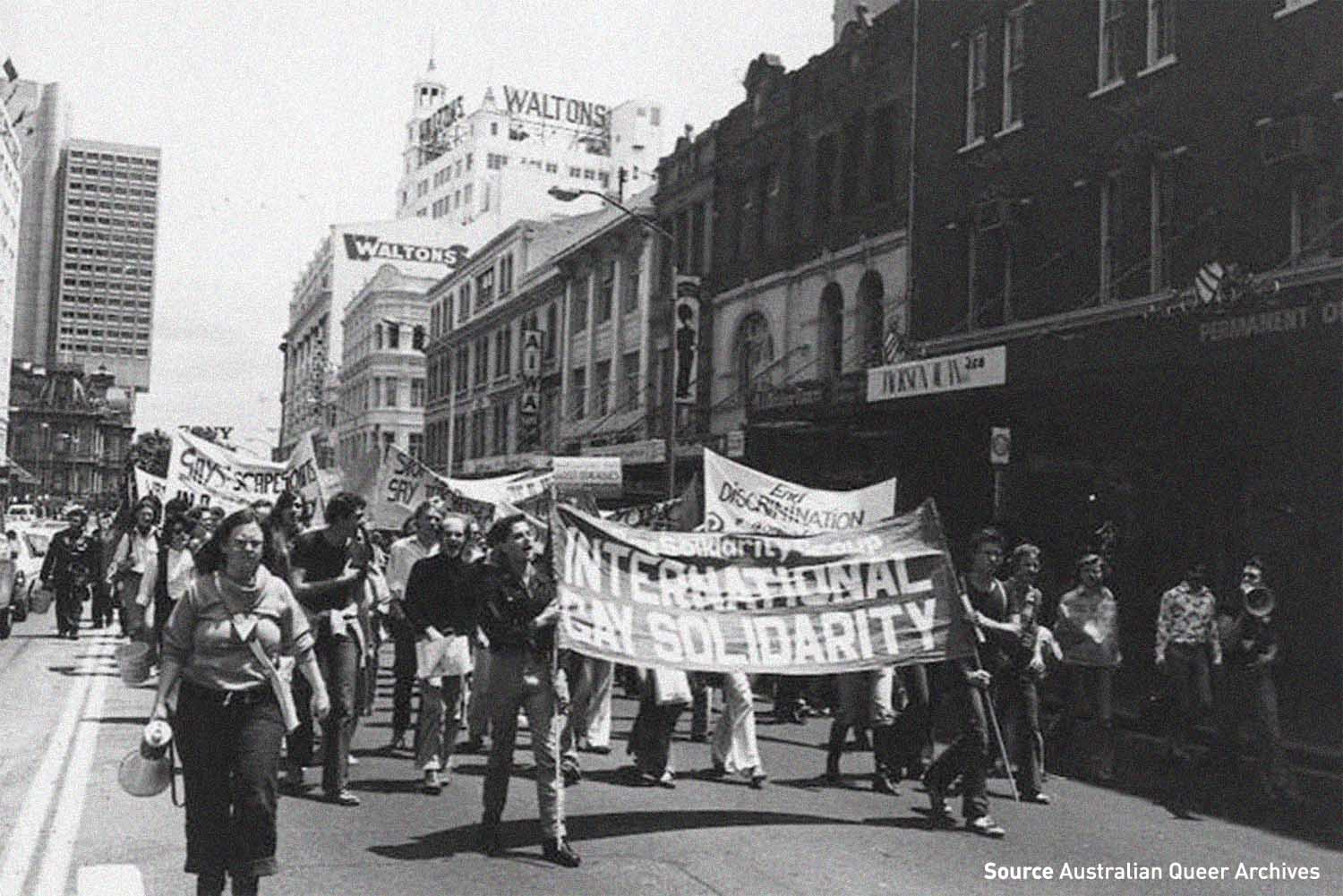
The History of IDAHOBIT - May 17
March 09, 2023
1. What is IDAHOBIT?
IDAHOBIT is the anniversary of May 17, 1990, when the World Health Organisation removed homosexuality from the Classification of Diseases. While we celebrate this milestone and other advancements in LGBTQIA+ equality, the unfortunate reality is that these are all too-recent in our history:
The first Mardi Gras pride march was held in Sydney in 1978, which was met with violence from police. Those who marched were beaten inside police cells and had their names published by the Sydney Morning Herald.
Tasmania was the last jurisdiction in Australia to decriminalise homosexuality in May 1997. The majority of Australians today were alive during a time when it was illegal to be gay.
The Marriage Equality plebiscite was held in 2017. While marriage equality was passed, 38.4% of Australians who voted (4.8 million people) voted against it.
The first IDAHOBIT was held in 2005 and is today acknowledged by millions of people globally. While IDAHOBIT has evolved over these years, the purpose remains the same - celebrate the progress we have made while also raising awareness for the discrimination that LGBTQIA+ people still face today.
2. What does IDAHOBIT stand for?
IDAHOBIT has had many names and meanings around the world since 2005 when the day was first acknowledged.
2005 - the day was known as IDAHO, standing for International Day Against Homophobia
2011 - The name was updated to IDAHOT, standing for International Day Against Homophobia and Transphobia
2018 - The name was updated to IDAHOBIT, standing for International Day Against Homophobia, Biphobia, Intersex Discrimination and Transphobia.
2022 - IDAHOBIT grew to be referenced to as the Day Against LGBTQIA+ Discrimination to specifically include those of us who are lesbian, queer and asexual.
You can refer to the day as any of the above - all are correct. You may refer to the most up-to-date version if you wish, or simply IDAHOBIT.
3. Why is IDAHOBIT Important Today?
The recent nature of the LGBTQIA+ human rights movement means that stigma and discrimination are still prevelant across the world. This is also true in Australia, where:
68% of LGBTQIA+ employees are not out to everyone at work (1)
2 in 3 LGBTQIA+ youth experience abuse due to their identity (2)
35% of LGBTQIA+ Australians have experienced verbal abuse in the past 12 months (3)
While experiences of discrimination most commonly occur in public and at work, there are also many instances where inequality and discrimination are still protected by government. In Australia:
- LGBTQIA+ people can be discriminated against by religious organisations, including LGBTQIA+ teachers and students being expelled from religious schools.
- Many intersex people experience medical procedures performed on their bodies that modify their sex characteristics without their consent.
- LGBTQIA+ people are not adequately included in the census and other government research. This results in less data
- Trans and gender diverse people in most states experience harsh and unnecessary barriers to updating their birth certificates, and therefore other legal documents.
These are just some of the issues LGBTQIA+ people face in Australia today. An up-to-date list can be found via Equality Australia.
4. Get involved in IDAHOBIT this year.
Each year millions of people around the world get involved in IDAHOBIT, building a world free from discrimination. We've prepared guides and resources to make it easier than ever to get involved.